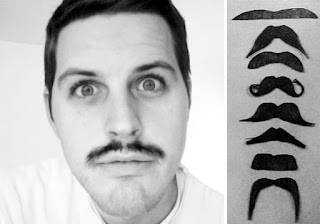 The holiday floor strewn with gifts both adult and child reminded me of days with less stress and responsibility. This year we were fortunate enough to have three such weeks between semesters.
The holiday floor strewn with gifts both adult and child reminded me of days with less stress and responsibility. This year we were fortunate enough to have three such weeks between semesters.
Prescribed Relaxation
Using vacation to get away seemed like such a good thought at first and it did the job to some extent. With upcoming board examinations, there is a lot of preparation that merits some planning. Whether finding the right question bank, registering for appropriate exam dates or making the perfect study plan I cannot let all of the vacation slip away to misdirected productivity.
In the meantime, vacation is here, classes are just around the corner and boards will be here in no time. If you happen to have a well organized study plan for boards and don't mind sharing please let me know.
Board Prep Question of the Week
A 32-year-old woman with no significant medical history presents to the clinic with visual complaints. On a recent trip to Arizona, she suffered an acute episode of visual impairment. She experienced blurred and double vision, which made it difficult for her to drive. On visual examination, her vision is 20/20 in both eyes. When she is asked to look to the right, her left eye only reaches midline while her right eye shows a beating nystagmus. Testing for visual convergence is intact. Based on the clinical history and physical examination, what is the most likely cause of her complaints?
A. Amaurosis fugax
B. Cataract
C. Multiple sclerosis
D. Optic neuritis
E. Panophthalmitis
Answer & Explanation

































